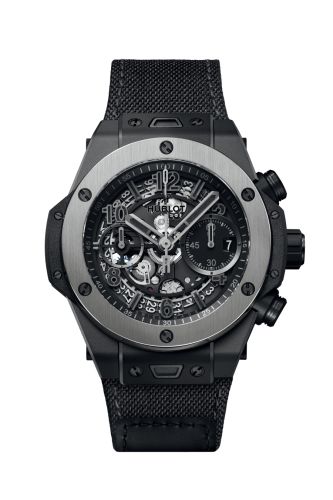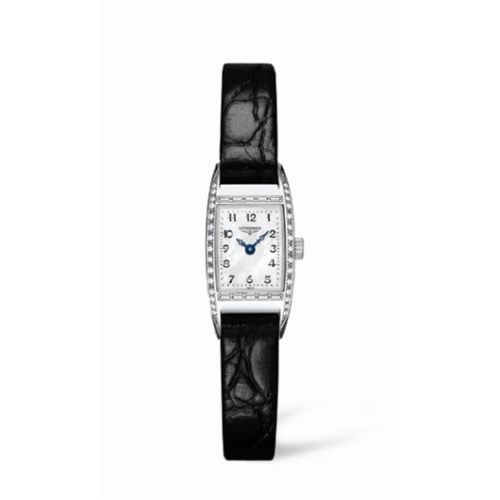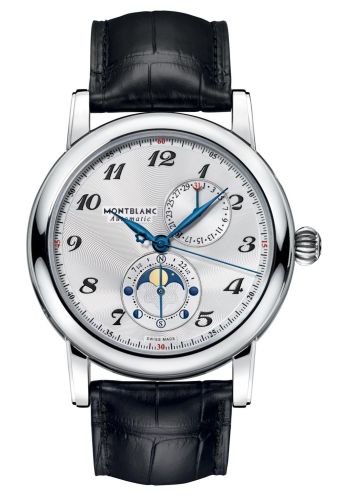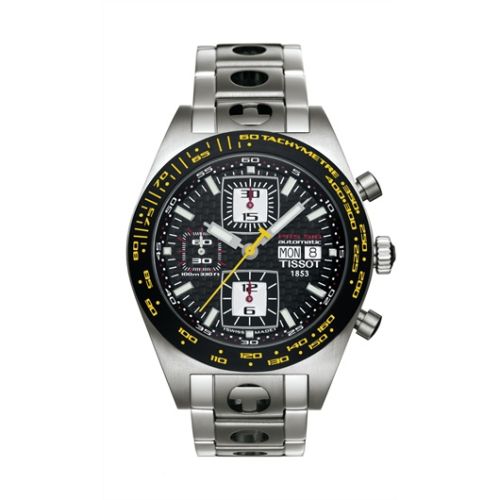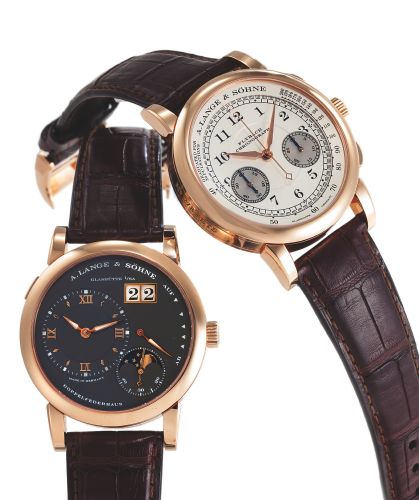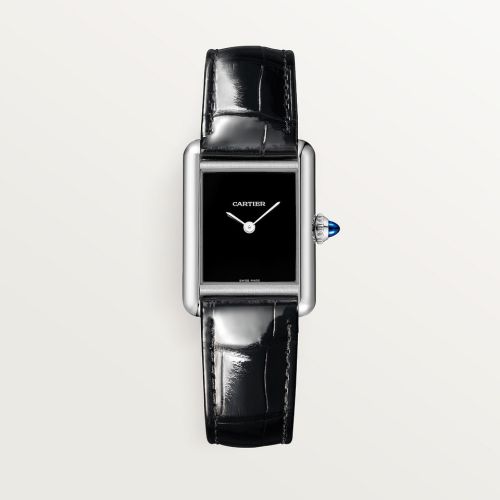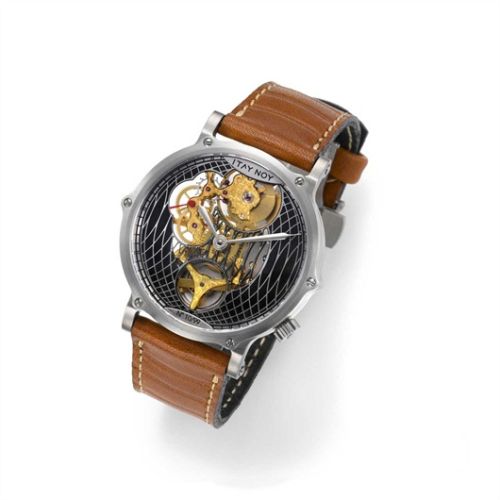
Why do some watches have a silicon balance spring?
Watches have long been celebrated for their intricate mechanics and precision timekeeping abilities. Among the various components that contribute to a watch's performance, the balance spring, or hairspring, plays a crucial role in regulating the movement of the timepiece. Traditionally made from metal alloys, balance springs have undergone significant evolution, leading to the introduction of silicon as a material of choice for some modern watches.
Silicon balance springs offer several advantages that enhance the overall reliability and accuracy of a watch. One of the most notable benefits is their resistance to magnetic fields. Conventional metal springs can easily be affected by magnetic interference, which can lead to significant timekeeping inaccuracies. Silicon, being non-magnetic, provides a stable and consistent performance in environments where magnetic fields may disrupt traditional mechanisms. This characteristic makes silicon balance springs particularly suitable for watches intended for professional use or those designed for active lifestyles.
Additionally, silicon is inherently lightweight, which contributes to the overall efficiency of the watch's movement. A lighter balance spring can reduce the overall inertia, allowing for more rapid oscillations. This increased responsiveness can improve the watch’s accuracy and enhance its ability to maintain a consistent rhythm, further ensuring precise timekeeping.
The manufacturing process of silicon balance springs also allows for greater precision in design. Advanced techniques such as photolithography enable watchmakers to create components with intricate shapes and fine tolerances that would be difficult to achieve with traditional materials. This precision not only enhances performance but also contributes to the longevity of the component, as silicon is less prone to issues such as deformation or wear over time.
Furthermore, silicon’s resistance to temperature variations is another critical factor. Traditional metal springs can expand and contract with changes in temperature, potentially affecting the watch's accuracy. Silicon maintains its performance across a wider range of temperatures, ensuring that the watch continues to function reliably in different environments.
While the benefits of silicon balance springs are compelling, some watch enthusiasts and traditionalists remain cautious. There is a perception that using silicon may compromise the craftsmanship and artistry associated with mechanical watchmaking. However, many luxury brands have embraced this innovation, blending modern technology with traditional watchmaking techniques to create timepieces that honor heritage while embracing the future.
In summary, the adoption of silicon balance springs in some watches represents a significant advancement in horology. By providing enhanced resistance to magnetic fields, reducing weight for improved efficiency, allowing for precise manufacturing, and offering greater stability across temperature variations, silicon balance springs have become a valuable component in the quest for accuracy and reliability in modern watchmaking. As technology continues to evolve, these innovations will likely play an essential role in shaping the future of timekeeping.


